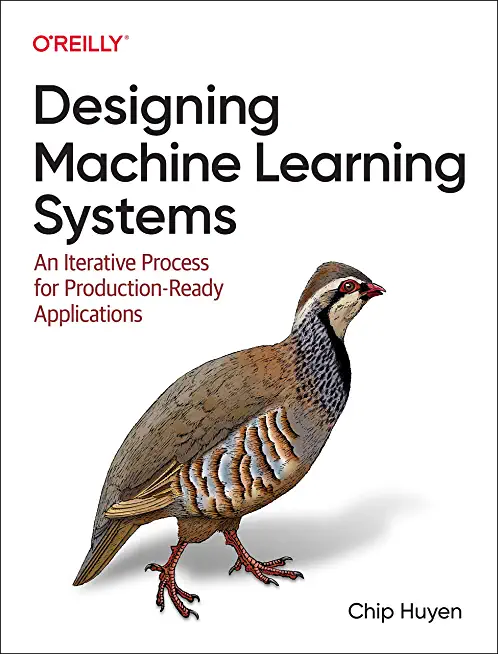The Unified Modeling Language Training in Peoria
|
We offer private customized training for groups of 3 or more attendees.
|
||
Course Description |
||
| Students learn how to identify and design objects, classes, and their relationships to each other, which includes links, associations, and inheritance. A strong emphasis is placed on diagram notation for use cases, class and object representation, links and associations, and object messages. This course utilizes UML 2.0 notation.
Course Length: 2 Days
Course Tuition: $790 (US) |
||
Prerequisites |
|
| Strong understanding of Object-Oriented concepts is required. Experience designing or programming in an Object-Oriented language is also required. | |
Course Outline |
|
Use Cases
Class Diagrams
Class Diagrams and Their Relationships
Sequence Diagrams
Communication Diagrams
State Machine Diagrams
Activity Diagrams
New to UML 2.0
Package, Component, and Deployment Diagrams Appendix A - UML Syntax |
Course Directory [training on all levels]
- .NET Classes
- Agile/Scrum Classes
- AI Classes
- Ajax Classes
- Android and iPhone Programming Classes
- Azure Classes
- Blaze Advisor Classes
- C Programming Classes
- C# Programming Classes
- C++ Programming Classes
- Cisco Classes
- Cloud Classes
- CompTIA Classes
- Crystal Reports Classes
- Data Classes
- Design Patterns Classes
- DevOps Classes
- Foundations of Web Design & Web Authoring Classes
- Git, Jira, Wicket, Gradle, Tableau Classes
- IBM Classes
- Java Programming Classes
- JBoss Administration Classes
- JUnit, TDD, CPTC, Web Penetration Classes
- Linux Unix Classes
- Machine Learning Classes
- Microsoft Classes
- Microsoft Development Classes
- Microsoft SQL Server Classes
- Microsoft Team Foundation Server Classes
- Microsoft Windows Server Classes
- Oracle, MySQL, Cassandra, Hadoop Database Classes
- Perl Programming Classes
- Python Programming Classes
- Ruby Programming Classes
- SAS Classes
- Security Classes
- SharePoint Classes
- SOA Classes
- Tcl, Awk, Bash, Shell Classes
- UML Classes
- VMWare Classes
- Web Development Classes
- Web Services Classes
- Weblogic Administration Classes
- XML Classes






